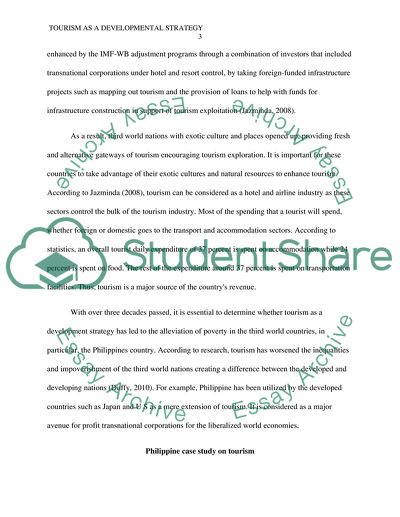Cite this document
(“Tourism as a development strategy: Is it the right way to progress Essay”, n.d.)
Tourism as a development strategy: Is it the right way to progress Essay. Retrieved from https://studentshare.org/macro-microeconomics/1678347-tourism-as-a-development-strategy-is-it-the-right-way-to-progress
Tourism as a development strategy: Is it the right way to progress Essay. Retrieved from https://studentshare.org/macro-microeconomics/1678347-tourism-as-a-development-strategy-is-it-the-right-way-to-progress
(Tourism As a Development Strategy: Is It the Right Way to Progress Essay)
Tourism As a Development Strategy: Is It the Right Way to Progress Essay. https://studentshare.org/macro-microeconomics/1678347-tourism-as-a-development-strategy-is-it-the-right-way-to-progress.
Tourism As a Development Strategy: Is It the Right Way to Progress Essay. https://studentshare.org/macro-microeconomics/1678347-tourism-as-a-development-strategy-is-it-the-right-way-to-progress.
“Tourism As a Development Strategy: Is It the Right Way to Progress Essay”, n.d. https://studentshare.org/macro-microeconomics/1678347-tourism-as-a-development-strategy-is-it-the-right-way-to-progress.


